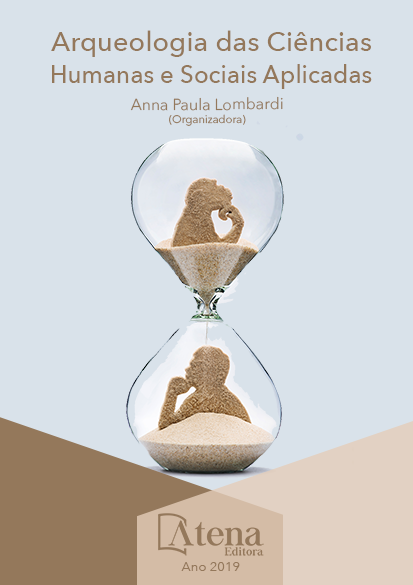
A COR E AS SUPERFÍCIES ARQUITECTÓNICAS EM EDIFÍCIOS PATRIMONIAIS: O caso da Igreja de N. S. da Conceição dos Homens Pardos, Laranjeiras, Brasil.
Este trabalho científico foi
desenvolvido a partir de estudos realizados
em 2014/2015 no pós-doutoramento na
Universidade de Lisboa e no Laboratório
Nacional de Engenharia Civil em Portugal
com apoio da CAPES, sobre a caracterização
das argamassas de restauro em edificações
históricas, o caso da Igreja Nossa Senhora
da Conceição dos Homens Pardos na cidade
de Laranjeiras, interior do Estado de Sergipe,
Nordeste do Brasil; sendo que, entre as análises
laboratoriais, dedicou-se atenção ao estudo
das cores das argamassas de assentamento
(emboço), bem como de revestimento (reboco),
especialmente aquelas nas quais ainda existiam
vestígios de camadas de pigmentos capazes de
registrar as cores mais “originais”, utilizadas nas
pinturas das paredes do altar principal. Nestes
ensaios empregou-se a metodologia aplicada na
Europa para o estudo de cores em superfícies
arquitetônicas, a partir do uso do Sistema NCS
(Natural Colour System); portanto, demonstrase desde a coleta das amostras, a observação
visual inicial com a escolha e análise dos
fragmentos e pó cerâmicos, extraídos das
argamassas, até atingir sua determinação de
cor, a partir da aferição comparativa entre o
colorímetro digital e as paletas de cores NCS
observadas no PANTONE Color Viewing Light;
resultando no registro mais científico das cores
dos pigmentos das superfícies das paredes
desta edificação. Procurou-se também avaliar
“in situ” algumas destas mesmas amostras a
partir do uso comparativo do sistema Munsell
Soil Color Charts, sabendo que este sistema
norte americano é o mais utilizado no Brasil.
A COR E AS SUPERFÍCIES ARQUITECTÓNICAS EM EDIFÍCIOS PATRIMONIAIS: O caso da Igreja de N. S. da Conceição dos Homens Pardos, Laranjeiras, Brasil.
-
DOI: 10.22533/at.ed.3531915011
-
Palavras-chave: Cor; Arquitetura; Conservação; Restauração.
-
Keywords: Color; Architecture Conservation; Restoration
-
Abstract:
This scientific work was developed
from studies conducted in 2014/2015 at postdoctoral research at the University of Lisbon
and the National Laboratory of Civil Engineering
in Portugal, with support from CAPES, and dealt
with characterization of restoration mortars
in Historical buildings, the case of the Church
N. S. da Conceição dos Homens Pardos, city
of Laranjeiras, State of Sergipe, Northeast of
Brazil; About the Laboratory analyses, attention
was paid to the study of the colors of the nesting
mortars (plaster) as well as coating (grouting),
especially those in which there were still traces of layers of pigments capable of registering the most “original” colors, which were
utilized in the paintings of the walls of the main altar. On architectural surfaces in
Europe, generally the main applied methodology In these tests is about NCS (Natural
Color system) system. Therefore, it is demonstrated from the collection of the samples,
the initial visual observation with the choice and analysis of the ceramic fragments
and powder, extracted from the mortars, since its determination of color, from the
comparative benchmarking between the digital colorimeter and the NCS color palettes
observed in PANTONE color viewing Light; resulting in the most scientific record of
the pigments colors of the walls surfaces of this building. It was also tried to evaluate
“in situ” some of these same samples from the use of the Munsell system Soil Color
charts, which the North American system is commonly utilized in Brazil.
-
Número de páginas: 15
- Eder Donizeti da Silva


